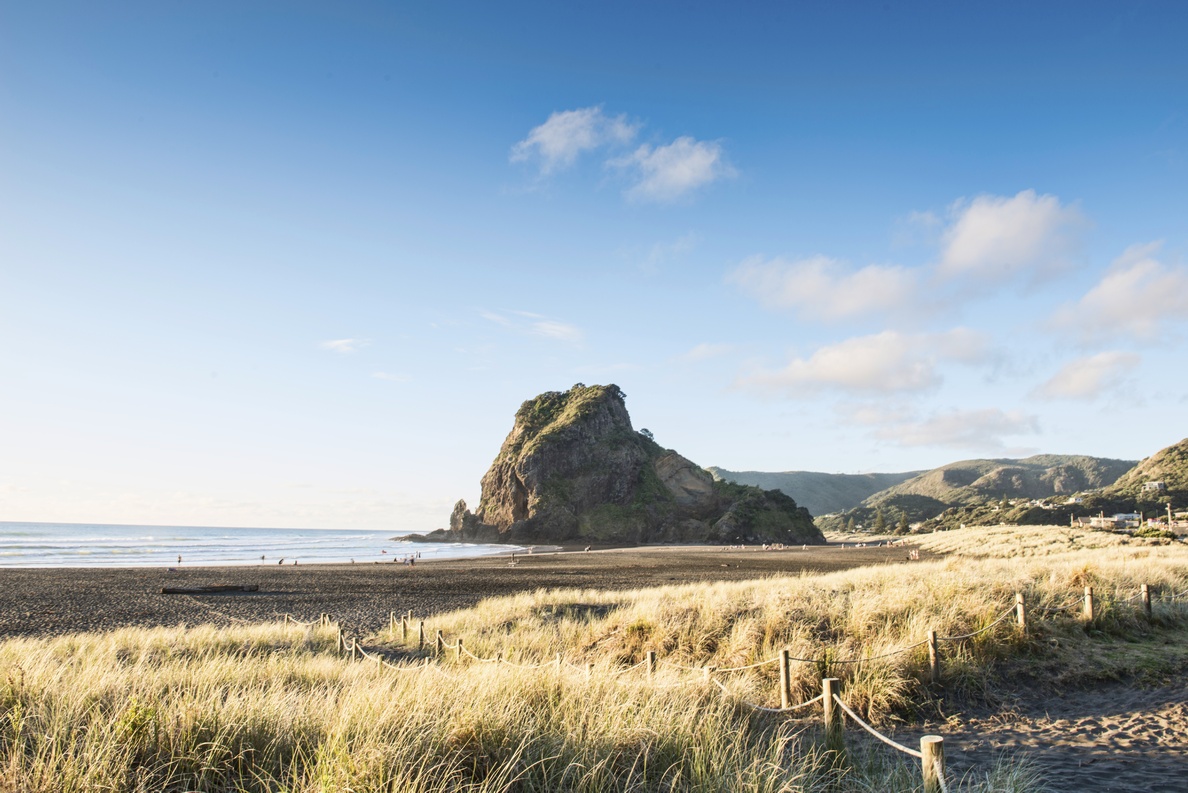Coastal and estuarine water quality state and trends in Tāmaki Makaurau / Auckland 2010-2019
Author:
Rhian IngleySource:
Auckland Council Research and Evaluation Unit, RIMUPublication date:
2021Topics:
EnvironmentExecutive summary
This report is one of a series of publications prepared in support of the State of the environment report for the Auckland region. Coastal and estuarine water quality is monitored monthly at 31 sites focusing on our three main harbours and two large estuaries. We measure a range of physical and chemical variables or attributes focusing on nutrients and water clarity. These water quality factors can be affected by land use activities, point and diffuse source discharges, and natural seasonal and climatic variation.
Coastal and estuarine water quality is assessed in relation to regional water quality guidelines, and how water quality has changed over the past 10 years in relation to the current state, such as where water quality is good but degrading, poor but improving, or poor and getting worse. The current state was assessed in relation to the regional water quality index based on monthly median values over 2017 to 2019. Trends were assessed for the 10-year period from 2010 to 2019. Trend assessment includes two parts, the assessment of the probability of the direction of the trend, and where there is a high probability of a trend (very likely) we can also estimate the magnitude of that trend.
Half of the monitored sites were found to have good to fair water quality, generally following a spatial gradient where open coastal sites generally have good water quality, while tidal creek sites have poorer water quality. Previous analysis of coastal and estuarine water quality published in 2018 found that water quality was improving at most sites across the region between 2007 and 2016, driven by improving nutrient concentrations. The analysis in this current report generally agreed with these earlier findings. From 2010 to 2019, over 80 per cent of monitored sites were found to have improving trends in total oxidised nitrogen and chlorophyll α (phytoplankton), and over 50 per cent of monitored sites had improving trends in dissolved reactive phosphorus and water clarity (turbidity). More than 70 per cent of sites were found to have very likely decreasing dissolved oxygen saturation. There were clear spatial differences across the region with a high proportion of degrading trends within the Waitematā Harbour for ammoniacal nitrogen, dissolved reactive phosphorus and turbidity.
In some instances, the rate of improvement was negligible, however where water quality is found to be improving, we can assume that water quality is at least being maintained in the current state. The greatest rates of improvement in nutrient concentrations were found at sites with the poorest water quality in the northern Manukau Harbour. However, concentrations remain high relative to regional reference guidelines and this is reflected in more variable responses in chlorophyll α (phytoplankton), and dissolved oxygen. Reducing sedimentation is a primary focus of the Kaipara Moana Remediation programme that has recently received significant government investment. Water clarity (turbidity) was generally found to be good and improving within the southern Kaipara Harbour.
Auckland Council technical report, TR2021/02
Published February 2021.
See also
Auckland Council's State of the environment report 2020
The health of Tāmaki Makaurau / Auckland’s natural environment in 2020
